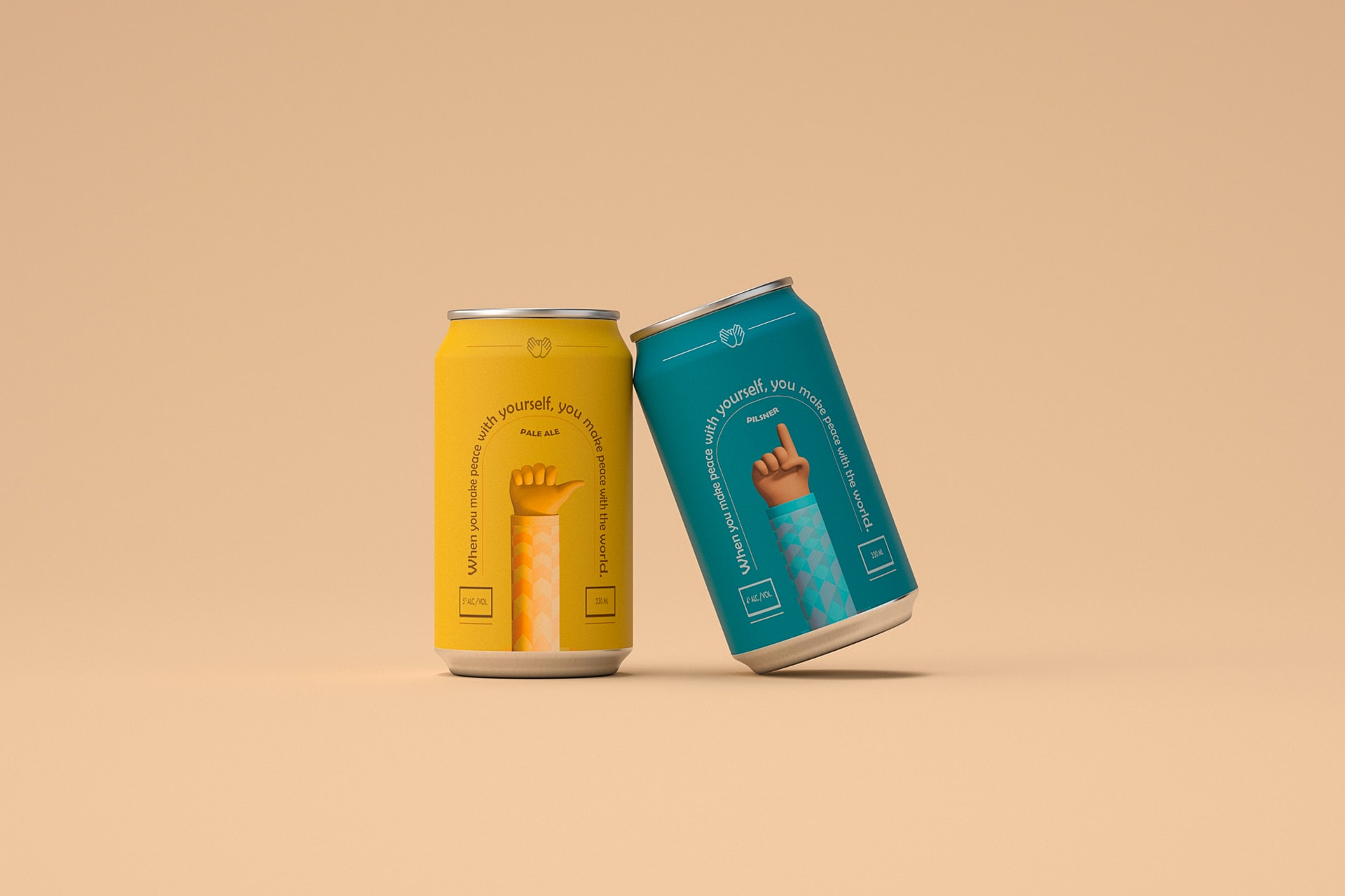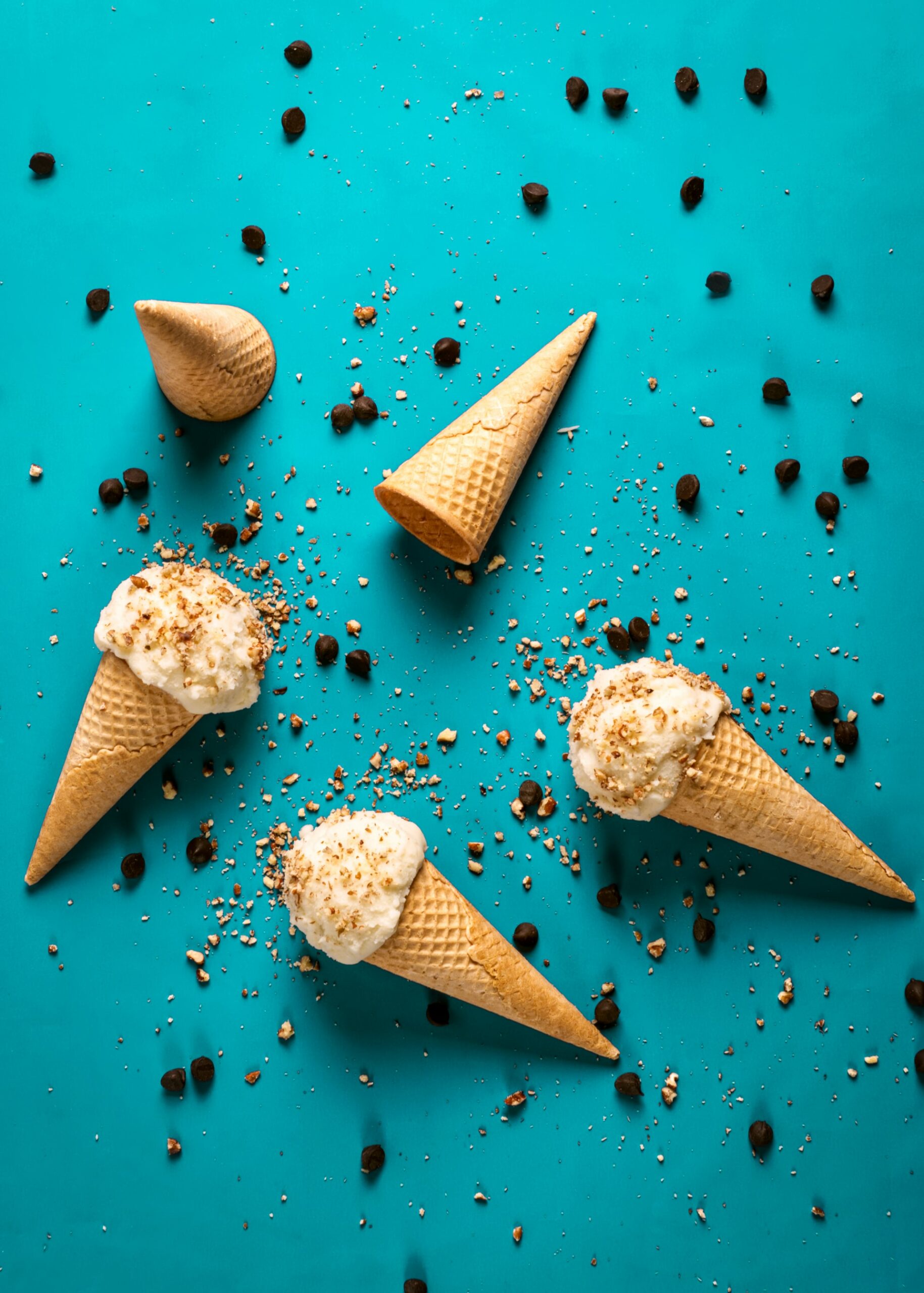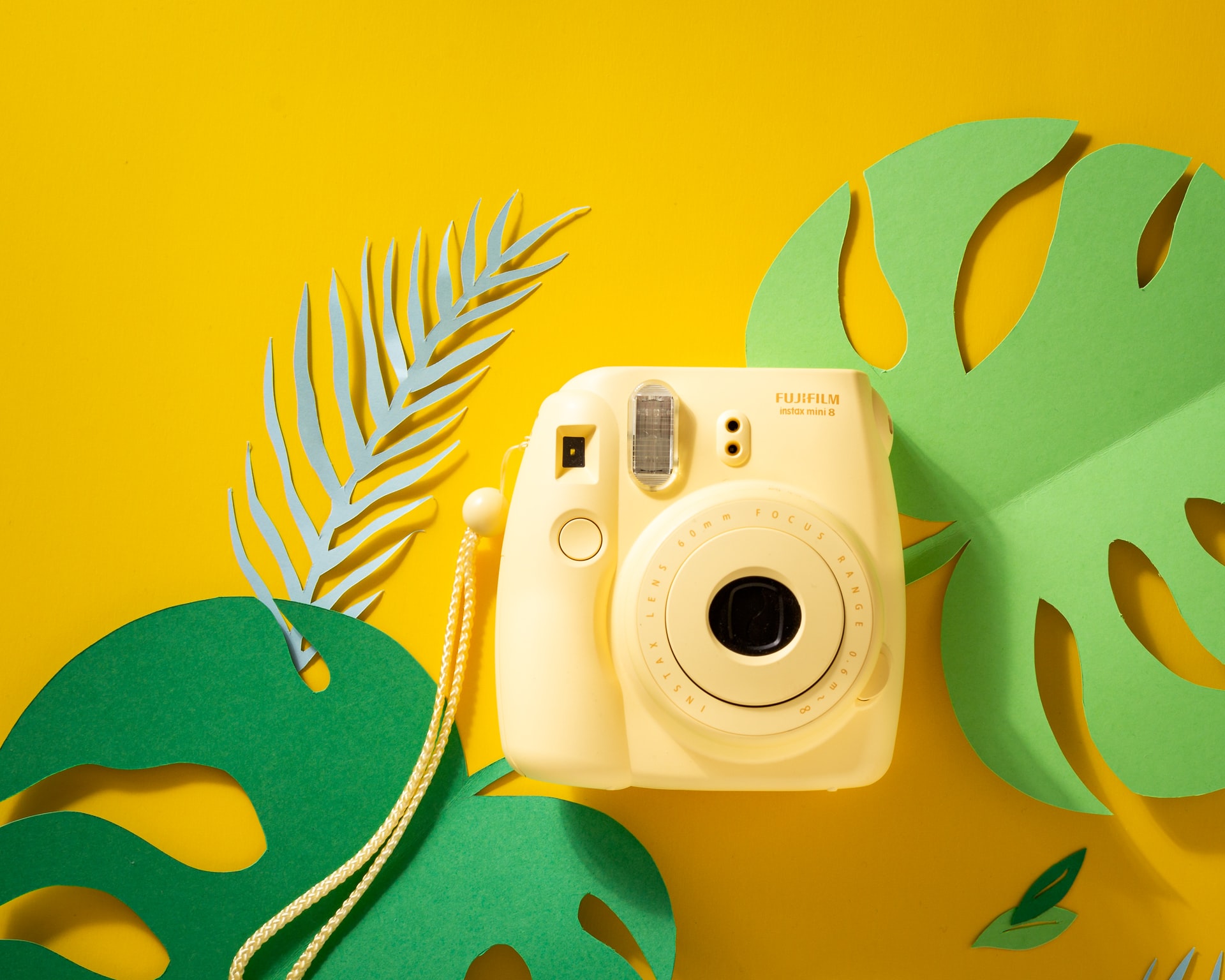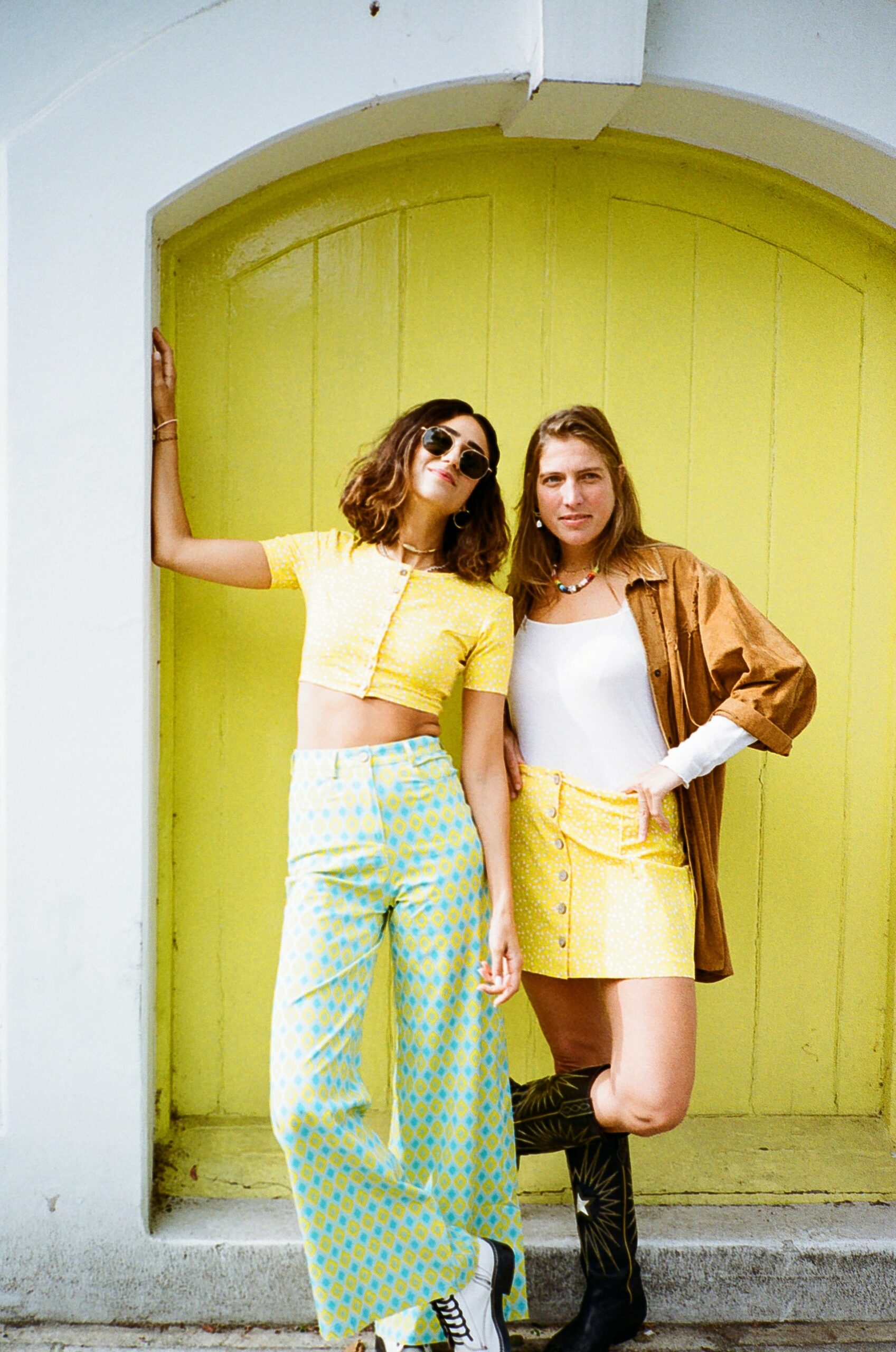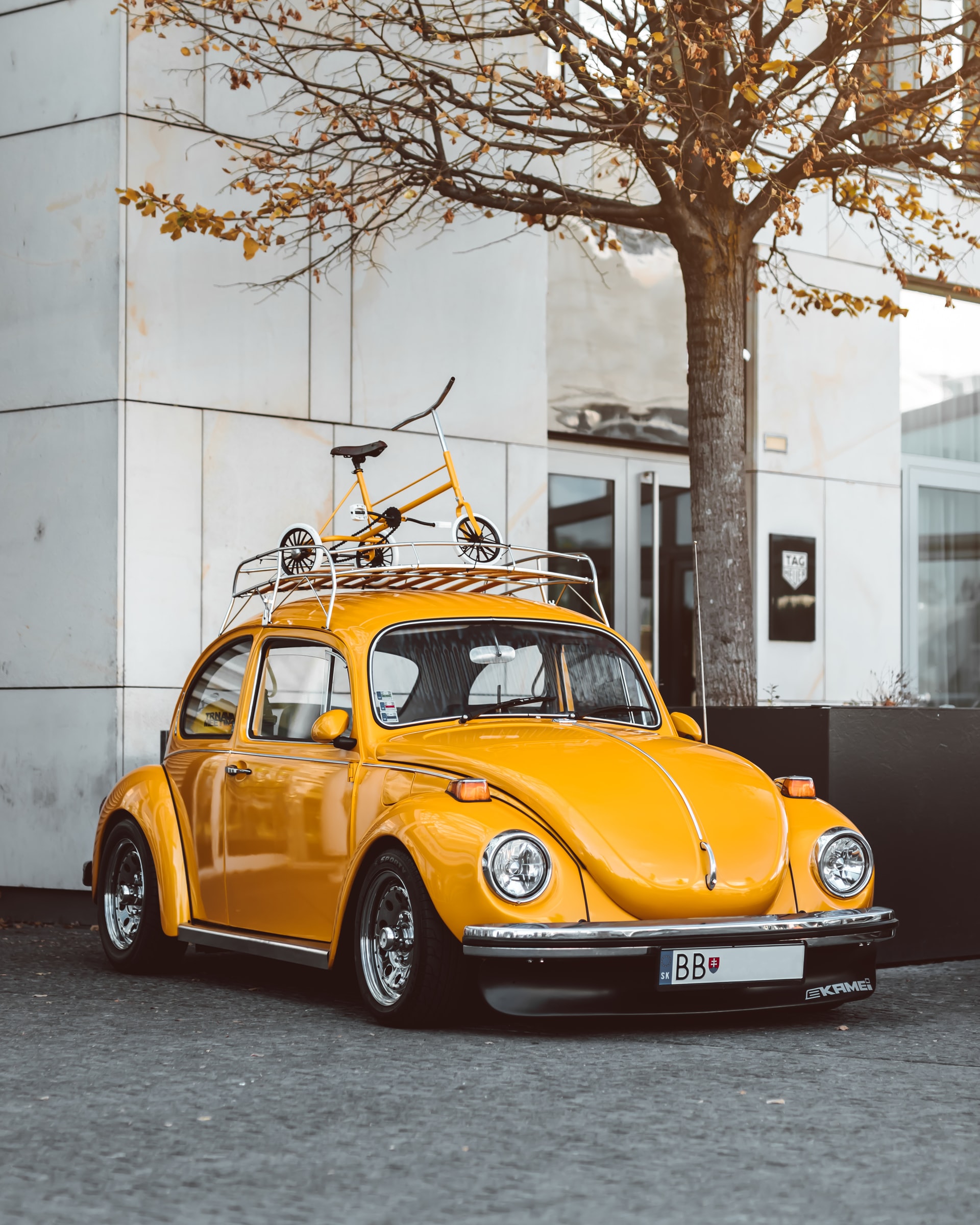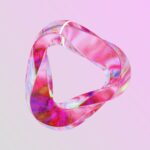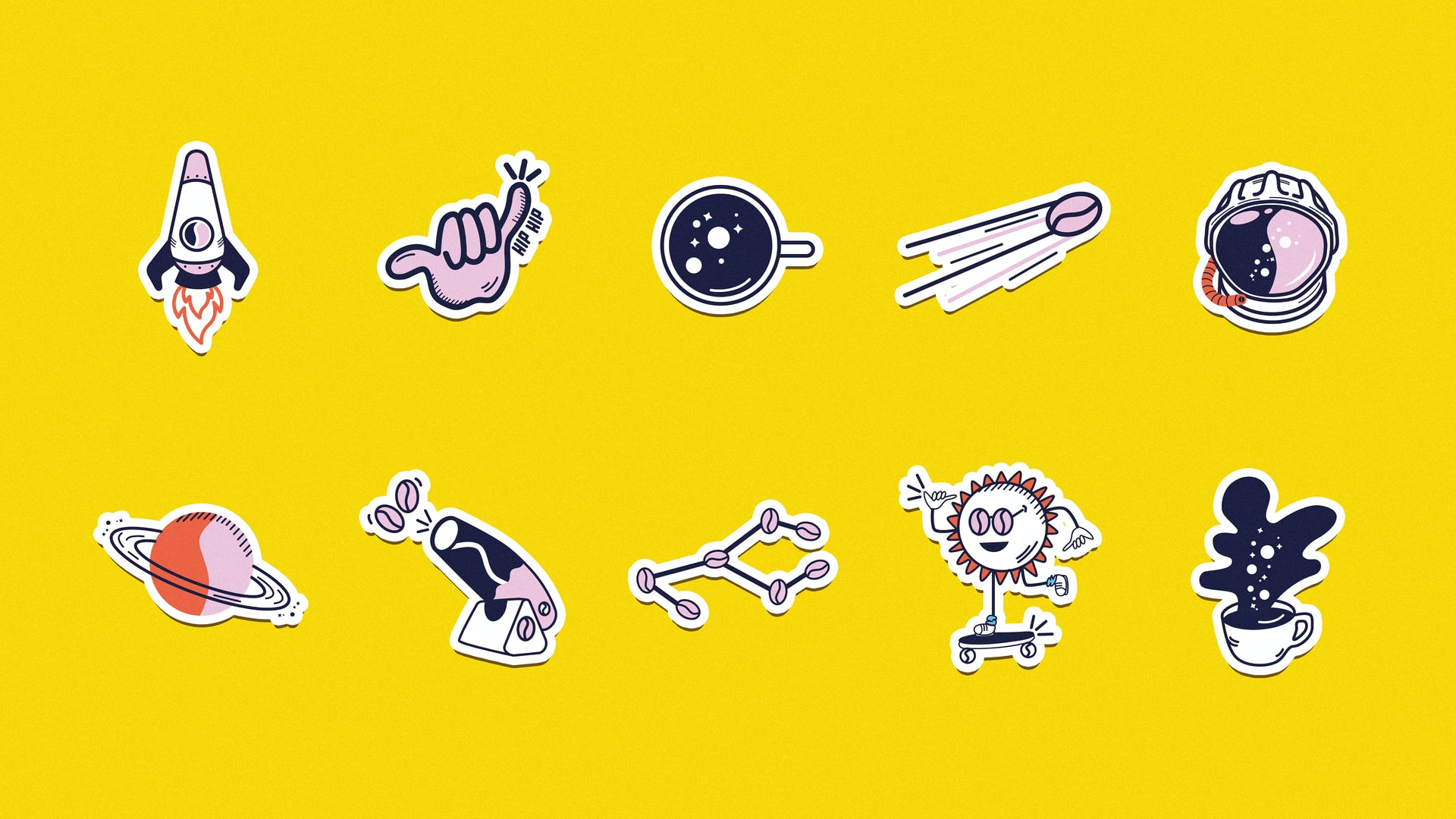
So, you’ve finished writing a winning article, run it through a grammar checker to eliminate mistakes, and polished it to perfection.
How do you ensure it gets the attention it deserves?
Amazing images.
Imagine reading a 2,000-word blog article with no white space and no images. No matter how brilliant the content is, you will likely become bored and disengaged.
Images and white space add necessary visual interest to online text. These features help break up the monotony of long paragraphs and create a more pleasant reading experience for visitors to your website.
But, not all images are equal. Some images just fill space; others create a strong brand identity while amazing and delighting audiences.
Here are seven tips to help you take your images from acceptable to awesome.
1. Create Templates
If you’re looking for a quick, impactful way to revolutionize your image creation process, try templates. A good set of templates will enable anyone on your content team to whip up an engaging image in just a few minutes.
You don’t need many: five to ten templates will be sufficient to make a worthwhile difference to your blog.
There are numerous benefits of having image templates:
- Speed up the image-creation process
- Standardize your blog’s appearance
- Help you create a cohesive brand image
Let’s look at each benefit in more detail.
Image Templates Speed Up the Article Process
When you have templates, you will spend less time resizing images and playing around with positioning and branding.
Image Templates Standardize Your Blog
Have you ever come across an article that contains images of varying sizes and styles? It creates a clunky and less than ideal reader experience.
Image templates ensure that your images are all the same size, with the same fonts and styles. This consistency creates a smoother and more pleasant experience, which should increase the time each visitor spends on your blog.
Create a Cohesive Brand Image
Your brand sets you apart from competitors and allows you to create a meaningful relationship with customers.
When your images are messy and inconsistent, your readers won’t grasp who you are or why you do what you do, which makes it much more difficult to convert them into customers.
Having a set color palette, set fonts and font sizes, consistent styles, and standardized image-sizes will help you establish your brand. This will make it simpler for a reader to understand your company and your purpose.
Just think of Coca-Cola, McDonalds, Apple, Amazon, Costco, and other big brands; they all have a distinct feel that is created by their recognizable imagery.
2. Ensure Images Are High-Quality and Readable
Images should always be created with the reader in mind. They should be high-quality, logical, and easily comprehensible.
Some of the most common image mistakes are:
- Images that are blurry and low-quality
- Graphics that contain text that is too small to read
- Images that cannot be understood on their own
Luckily there are some easy ways to avoid these common mistakes.
Always ensure that images are high resolution, even when zoomed in.
If the image contains text, check that it can be easily read on all devices, especially small smartphones. If it cannot, cut down the text. Readers will likely become frustrated if they are forced to squint at the screen to read essential information.
Because search engines regularly index individual images, each image should be understandable without any context. To check your images, simply pull them out of the article and ask a colleague what they are about. If your colleague can’t tell you, then you know the images may need a few edits. Hop on to Colorcinch for your photo editing needs.
3. Use Clear Alt Text
Alt text, or alternative text, is a short, written description of an image. Every single image on your blog should be accompanied by alt text.
There are two major purposes of alt text: increasing accessibility and improving search engine optimization (SEO).
Alt text is an important feature of accessible web design. It makes images accessible to visitors who are using screen readers or who are otherwise unable to view the images.
In some countries, such as the UK, your site may be penalized for missing alt text under the Equality Act 2010 (EQA), which states that sites must make reasonable adjustments so their content is accessible to disabled users.
Therefore, adding alt text to every image is a must.
The additional benefit of using alt text is that it can improve your SEO. Search engines are extraordinarily clever, but they are primarily text based. This means that they cannot read your informative images.
Alt text provides context for search engines, letting them know what the image is about and helping them to index the images correctly.
4. Use Explainer Images
Explainer images are those that explain a fact, statistic, or idea in a visual way. These are useful for visual learners, as well as those with a lower level of literacy.
They can take the form of graphs, bar charts, tables, pie charts, spider diagrams, and any other format that can present information. The type of explainer images you use will depend entirely on your brand and product.
A picture is worth 1,000 words, so if you are trying to demonstrate a difficult concept, an explainer image can help.
5. Beware of Stock Photos
If you want to stand out from the Internet crowd, you need unique photos.
Stock photos can be useful because they are free and readily available. However, if you can access them, so can your competitors. If you can, it is better to use your own images and graphics so you can differentiate yourself from similar brands.
If you decide to use stock photos, be aware of image copyright. Familiarize yourself with copyright law and the penalties for copyright infringement.
When you use images free from copyright, be sure to always cite the original source. Sometimes, the images are only free of copyright when the photographer or designer is acknowledged.
The golden rule: If you are not sure if you can use an image or not, don’t. The penalties are not worth the risk.
6. Use People in Photos
Think about the most memorable product advert you have seen in the past month. Did it include a celebrity appearance?
Most adverts feature people more prominently than their actual product. This is because people sell products. It is a tried and tested method that big brands spend billions of dollars on.
The same theory can be applied to blog images. People help tell a story and add a point of interest to an image.
Readers are more likely to engage with a person holding a product than the product alone — the person adds context. The person also creates a sense of personality and trustworthiness because it adds a face and identity to the brand.
7. Use Images Frequently
Images should be an integral part of your article-creation process instead of an afterthought.
There is no perfect number of blog images, each individual article will have different requirements.
But, as a general rule, the reader should be able to see an image at every point in the scrolling process. This translates to an image every 200 words or so.
However, this is not an exact science, and if your data suggests that more or fewer blog images are needed, then you should follow that input.
Wrapping Up
Images are an essential part of a good blog strategy. To ensure that your blog images are pulling their weight, follow these seven principles:
- Create standardized image templates
- Ensure all images are clear and easily readable
- Add descriptive alt text to every image
- Use explainer images for difficult concepts
- Beware of stock photos and ensure you understand copyright laws
- Use people in photos to engage readers
- Use frequent images to support your amazing content
And remember, images are there to support your article, not replace it. Their purpose is to engage the reader and convince them to read your article.
About Guest Author: Millie
Millie creates writing resources and articles for ProWritingAid. A recent English Literature graduate, she is obsessed with how the right words can help you get your ideas across in the best way.




